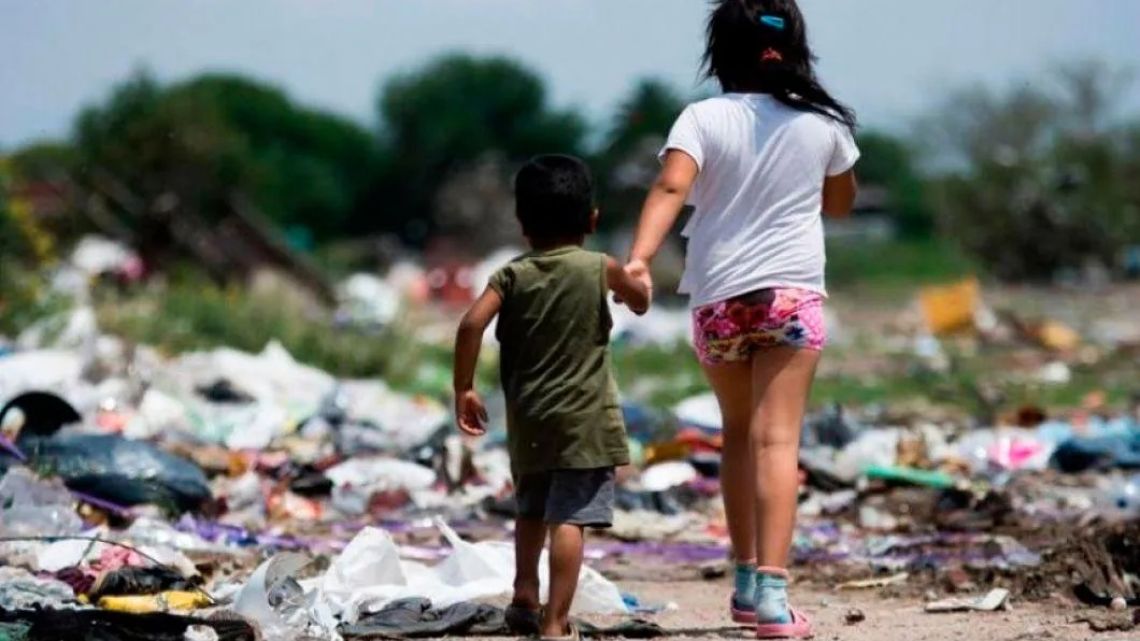
he 31% of households with children and young people in Argentina have a monthly income. That’s not enough to cover current expenses. However, this percentage reflects a rebound compared to last year, when that number reached 48%, according to one study. New research from UNICEF Argentina. Income relief has been recorded especially in the most vulnerable sectors.
The 9th Rapid Survey analyzing the situation of children and adolescents in Argentina also claims that household debt (due to credit cards, banks, lenders or ANSES) increased by 8 percentage points last year, reaching 31%. If you add loans through virtual wallets, applications, or informal mechanisms, that percentage rises to 45.
The survey, which has been ongoing since 2020, examines the economic and income status of households with boys and girls, various strategies for covering expenses, food costs, and adolescent status.
Authoritarians don’t like this
The practice of professional and critical journalism is a fundamental pillar of democracy. That is why it bothers those who believe that they are the owners of the truth.
This analysis shows that families have an increased ability to cover childhood-related expenses such as supplies, clothing, and outings. Access to basic services also improved, with the proportion of households unable to go to the doctor or dentist due to lack of funds falling by 8 percentage points, while food consumption showed a recovery, with the number of households having to restrict their diet due to lack of funds falling from 52% to 30%.
These developments come in the context of child poverty reaching 46.1% of boys and girls in the first half of 2025, despite a decline of 21 percentage points compared to the same period last year. Meanwhile, the extreme poverty rate reached 10.2% (EPH-INDEC), a decrease of 17 points, according to the latest official data.



